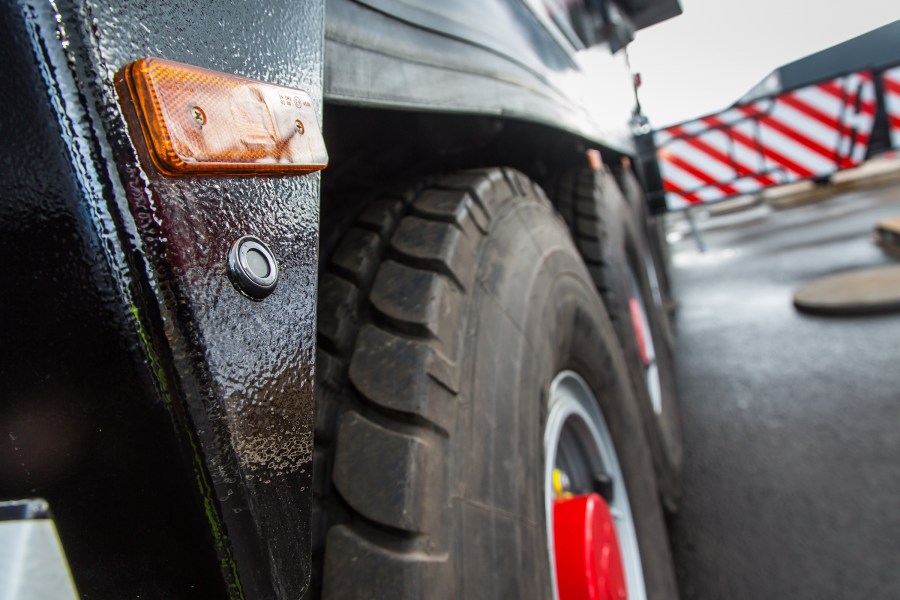News that the Direct Vision Standard has cut accidents has been welcomed by safety expert Brigade Electronics.
However, the company has warned that more could to be done to bring about real change.
The scheme requires trucks above 12 tonnes to hold a specific permit while being driven in London.
In addition, the permit comes with a star rating based on how much the driver can see directly through their cab windows.
Statistics from Transport for London (TfL) show that serious injuries on the road are down 64% compared with 2017.
But, road safety expert Brigade Electronics says technology-led safety solutions can further reduce collisions on the capital’s roads.
Brigade’s UK marketing manager, Emily Hardy, explained more.
“This drop in serious injuries is very welcome news and DVS is a meaningful stride in the right direction.
“But there is room for improvement.
“The next generation of intelligent road safety technology, such as side-detection sensor systems, are designed to minimise accidents.”
Hardy explained that the systems use ultrasonic technology to detect road vehicles and predict if a collision is likely.
Continuing, she said: “They then instantly alert the driver to potential dangers via a multi-stage in-cab visual and audible warning system.”
TfL research shows HGVs accounted for just 3% of the overall miles driven in London from 2018-20.
However, these vehicles were involved in nearly half (41%) of fatal collisions involving people cycling and 19% involving pedestrians.
Meanwhile, the DVS standards are set to tighten further in 2024.
At that point, the new rules are likely to focus on equipment that reduces false alerts
One such example is Brigade’s Sidescan Predict.
Essentially, it was developed as a cost-effective and reliable collision detection system.
It uses artificial intelligence (AI) to discriminate potential collisions and warn the driver with sufficient time for intervention.






